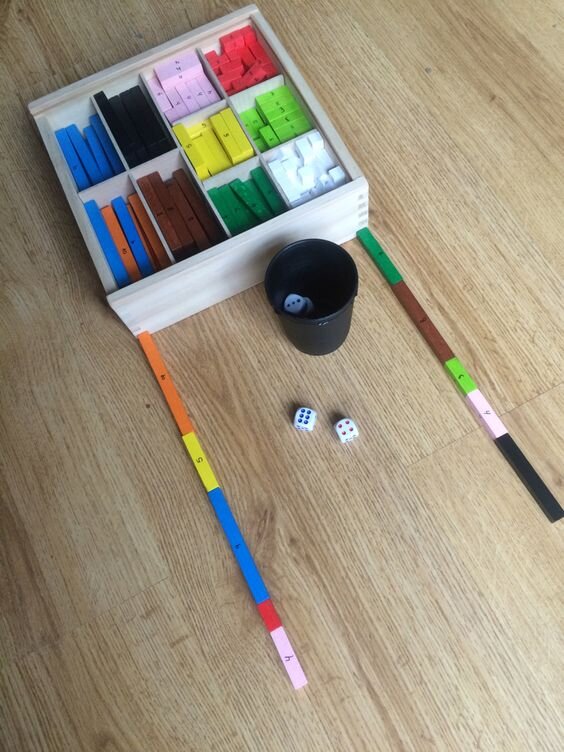
Building a solid framework for higher learning.
Develop confidence and strong skills.
-

Prescriptive and Preventative Teaching.
Often there is anxiety surrounding maths for students with Dyscalculia.
The best approach to teaching Dyscalulic learners is to use multisensory teaching methods. In my tutoring sessions I work with a variety of resources.
According to Paiget (1949, 1958), children learn primarily by manipulating objects until the age of 12. If children are not taught math with hands-on methods, between years 1 and12, their ability to acquire math knowledge is disturbed at the point when hands-on explorations were abandoned in favor of abstractions. This clearly sets them up for mathematical disabilities in the next developmental period of formal propositional operations. (CTLM 1986, 56)
-

Multisensory learning
Hands on learning.
The individual sessions are tailored around each students interests and hobbies. The program is specific and unique to the likes of each student to increase engagement and interest in the material.
Focus on different methods of learning to accommodate all learners: visuospatial, directional, sequential, memory, focus, procedural, retrieval, working memory, and kinesthetic
-

Math fluency
Connecting the english language to the language of math.
Mathematics is a second language and should be taught as such. It is exclusively bound to the symbolic representation of ideas. Most of the difficulties seen in mathematics result from underdevelopment of the language of mathematics. Teaching of the linguistic elements of math language is sorely neglected. The syntax, terminology, and the translation from English to math language, and from math language to English must be directly and deliberately taught! (Sharma 1989)

